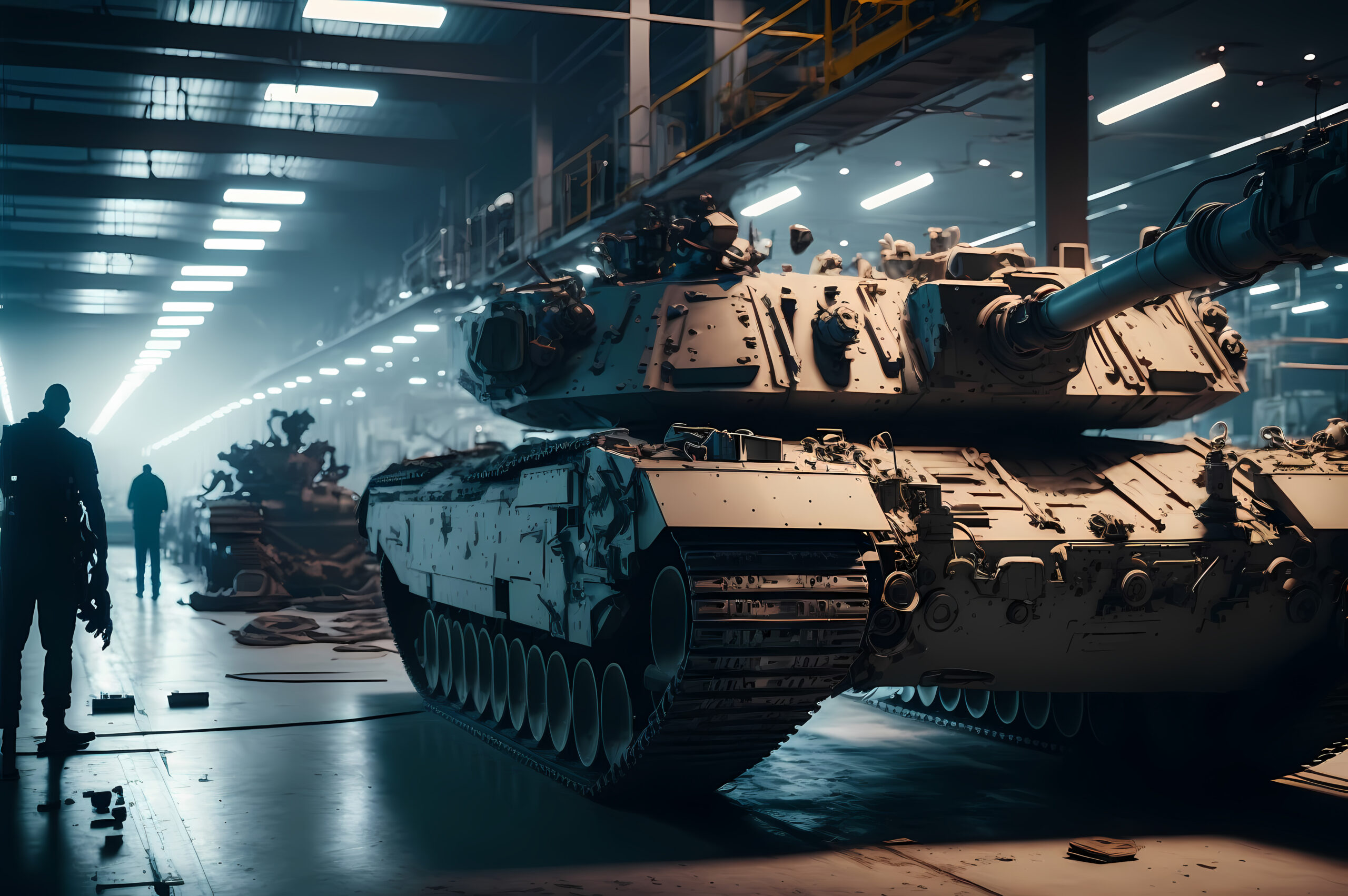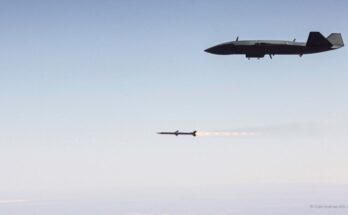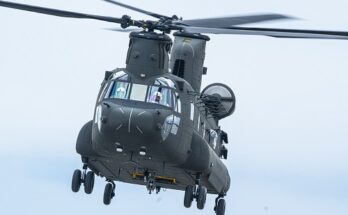
What good is a large inventory of tanks, armored vehicles and tactical trucks if they are rarely available or meet their mission requirements?
That’s the question the U.S. Army – and to a lesser extent, the United States Marine Corps (USMC) – confront after the Government Accountability Office (GAO) released their report on the problem last month.
Covering a ten-year period from Fiscal Year (FY) 2015 through FY 2024, the report concludes that a combination of parts shortages, data rights issues, and reduced depot maintenance have severely undermined the mission capability of most fleets.
The report examined 18 combat and support vehicles operated across the two services, analyzing the readiness, costs, and sustainment challenges for each. The central finding is that the availability of these vehicles for missions is suffering due to pervasive and long-standing sustainment issues.The GAO highlighted a significant downturn in fleet readiness over the past decade, noting that mission capable rates – the percentage of time a vehicle is fully available for a potential mission – declined for 16 of the 18 vehicles reviewed since FY 2015. Critically, none of the Army ground vehicles reviewed met the Army’s goal of 90% availability in FY 2024. For five of the six selected Army ground combat vehicles, they did not meet mission capable goals in any year during the 10-year review period. The Bradley Fighting Vehicle was the lone exception, meeting the requirement in just one of the ten-year review period.
On the sustainment front, the GAO identified nine challenges affecting the ground vehicle fleets. Two of these challenges were reported by Army and Marine Corps officials as affecting all 18 vehicles in the review: 1) the lack of parts and materiel, and 2) the lack of current technical data or drawings.
The absence of up-to-date technical data or proprietary drawings from original equipment manufacturers (OEMs) has prevented Army technicians and skilled maintainers from conducting essential maintenance, making repairs, or sourcing parts from alternative suppliers. This, in turn, has led to reliance on costly sole-source vendors whose own capacity is often strained. Other significant factors included a shortage of trained or skilled maintainers, service-life issues, and unplanned maintenance.
The report also found a sharp reduction in essential, comprehensive maintenance activities, coinciding with a rise in costs. These involved:
- Depot Maintenance Cutbacks: The number of overhauls performed by Army depots plummeted from 1,278 in FY 2015 to just 12 in FY 2024. A senior Army official acknowledged that the decision to reduce funding for these overhauls accepted a risk that negatively affected mission capable rates. The Marine Corps also reduced depot overhauls from 725 to 163 over the same period.
- Rising Costs: Despite this decline in comprehensive maintenance, the cost of sustaining the fleets has increased for most vehicles. For instance, Army maintenance costs rose for 9 of 11 vehicles (the Stryker armored fighting vehicle and Mine Resistant Ambush Protected (MRAP) vehicle were the exceptions). The Abrams tank experienced a fleet-wide maintenance cost increase of $181.3 million between FY 2015 and FY 2023, with per-vehicle costs nearly doubling, even as its availability rates remained below the Army’s goal. In FY 2023 alone, the Army and Marine Corps spent over $2.3 billion combined on depot maintenance for ground vehicles.
The GAO’s findings indicate quite clearly that the Department of Defense (DOD) is struggling to manage the fundamental logistics of sustaining its ground combat power. This lack of readiness, driven by material shortages and technical limitations, means that a significant portion of the Army and Marine Corps ground vehicle fleets is not fully available or capable of supporting potential defense requirements. The report serves as another reminder that the U.S. is not currently on optimal footing for an industrial-scale conflict with a peer competitor.
Dan Darling is Forecast International’s director of military and defense markets. In this role, Dan oversees a team of analysts tasked with covering everything from budgeting to weapons systems to defense electronics and military aerospace. Additionally, for over 17 years Dan has, at various times, authored the International Military Markets reports for Europe, Eurasia, the Middle East and the Asia-Pacific region.
Dan's work has been cited in Defense News, Real Clear Defense, Asian Military Review, Al Jazeera, and Financial Express, among others, and he has also contributed commentary to The Diplomat, The National Interest and World Politics Review. He has been quoted in Arabian Business, the Financial Times, Flight International, The New York Times, Bloomberg and National Defense Magazine.
In addition, Dan has made guest appearances on the online radio show Midrats and on The Media Line, as well as The Red Line Podcast, plus media appearances on France 24 and World Is One News (WION).



